“Authenticity is a lie”: St. Vincent on rebellion and subversive art in the information era
- Text by Isaac Muk
- Illustrations by Moira Letby

This interview was first featured in Huck’s culture newsletter. Sign up to the mailing list here to make sure it always lands in your inbox.
Annie Clark has always revelled in the weird. The video for ‘All Born Screaming ft. Cate Le Bon’, the title track from her latest album, sees her stare into a flickering lamp as her head gently swivels from side to side, eyes blinking slowly, for six-and-a-half minutes straight. As upbeat indie guitars slowly melt into an atmospheric, tinnitus-inducing breakdown, it’s an unnerving listen and watch, and that’s exactly how she wants you to feel.
In many ways she’s one of contemporary music’s most singular rebels. Always left-of-centre – from the oddball, “asexual Pollyanna” indie of early LPs, to the familial confessionalism of Daddy’s Home (about her father’s release from prison) – each of St. Vincent’s seven albums sees her music pushed in extremity-expanding directions, building upon an increasingly colourful sonic universe.
All Born Screaming is her first entirely self-produced album, and on the face of it, her most introspective yet. In the process of its creation, she learnt how to use electronic equipment and software from scratch, all while microdosing on psychedelics. The result is a haunting blend of sleazy guitars with industrial, scatty sounds, while stripping away the imagined characters of her earlier work and singing through her own lens in a way she has rarely done before.
As she prepares to go on tour – around the USA in a week, before hitting Europe in October – we caught up with Annie to chat about embracing electronic music as an outsider, the commodification of queer culture, and the decline of dangerous art in the internet era.

Whereabouts are you? And what are you doing with your day?
I’m just chit chatting then continuing down my never-ending rabbit hole. I’ve started making live electronic music for fun – I’ve got a pretty good setup going, but every time I think “this is cool,” I’m like, “Nope, I guess I’m setting up another mixer.” I love making electronic music, but I never really went to clubs and don’t actively listen to techno and house, so I’m just following [my path]. It’s a more involved and streamlined version of some of the ways that I wrote All Born Screaming.
It's interesting that after seven studio albums, you’re still trying to push your sound in new directions – does that urge to do things differently come naturally to you?
I think the way that my brain works isn’t very linear. There are a lot of things going on all the time – I guess if someone was to pathologise, they might go: “Oh, you might have some attention neurodivergence,” but I’m always curious and I like knowing how things work and the challenge of putting different pieces together. I’m also working within the medium of song, and a song has to have a heart and a centre – it doesn’t have to be literal, but you know when something is a song versus when something is a jam. So that is the challenge, lots of things can be conceptually interesting, but if you can’t walk away remembering a melody or being moved [then it’s not a song]. A song should have an epiphany – it doesn’t have to be fireworks, but it has to have tension, a release and a payoff. I get there a lot of different ways, but I rarely get there from sitting down and going, “Here are the chords, the lyrics and that is the simplest way to write a song.”
Where do you think your main influences for All Born Screaming came from?
I grew up listening to Massive Attack, Portishead, Nine Inch Nails and Tricky. This heavy, heroin-y, UK electronic scene. Some of that heaviness and those textures [influenced me]. Really moody music. I think it was the last time that legitimately dark music was really popular, like aesthetically dark music.
“When I was nine years old and Nirvana, which is dangerous music, catches fire in the world and totally changes culture, and Riot Girl and Bikini Kill are being confrontational – you have to make work that’s dangerous. I don’t know if that’s the ethos now” St Vincent
Why do you think that dark music hasn’t been so popular since then?
Well, in the 00s you had boy bands, which I associate with Hummers, George W. Bush and war. Then after boy bands, in terms of popular music hip-hop really took over, which was the driving force in mainstream culture. I also think the ways that we create and ingest culture has changed so drastically because of the internet, there’s less of a mass consensus. Well, there is and there isn’t – in some ways ideas are [disseminated] on a microscopic level and then [on a bigger scale] there’s a sort of hive mind.
What do you think being subversive means in the modern day, which is increasingly being driven by algorithms and content – when success is a track being picked up by Spotify?
I think we can trace queer culture becoming mainstream [to the internet’s growth], and in and of itself no longer being subversive. Then there’s a lot of music that when you listen to it, there’s nothing subversive about the art, but the person making it seems to be subversive. And you have a consumptive audience that has been trained on clickbait headlines – a lot of things get traction when they bridge the gap between gossip rag into art.
Your most recent two albums seem to be more confessional and personal compared to your earlier work, any reflections of why you think you have gone down that route?
You know, it’s funny because I always thought I was laying it all out on the table. But that said, I was living a more bifurcated life then than I am now. But it was only cool to be queer pretty recently, and that was not the case growing up. So that kind of multiple consciousnesses, the ability to code switch, the ability to understand that gender is performance, sexuality is performance – I sublimated all of that into my work. The idea of being subversive and making something that is dangerous was impressed upon me from a very young age. When I was nine years old and Nirvana, which is dangerous music, catches fire in the world and totally changes culture, and Riot Girl and Bikini Kill are being confrontational – you have to make work that’s dangerous. I don’t know if that’s the ethos now.

Would you say that people are searching for more authenticity in music and culture these days, given how ‘contentified’ things have become?
But what do people mean by authenticity? Authenticity gets packaged and sold, when in fact it’s [often] dark arts and cynical. The idea of authenticity if you’re mediating through a screen or a social media platform is completely fraught. Authenticity is a lie. The only thing that’s real is that thing that hits you in your heart for some inexplicable reason, in the ineffable.
You’re going on tour in a couple of months – how do you keep your live performances and music as fresh and exciting as your studio productions?
The audience does it for you – it’s new energy every time. And what I’m seeing that I’ve never seen before is that people are more excited to hear the new material than the old material, which is so exciting and wild to me. I don’t know why, but I’m really glad about it.
Listen to All Born Screaming here, and to see St. Vincent’s full set of tour dates, visit her official website.
Buy your copy of Huck 81 here.
Enjoyed this article? Follow Huck on Instagram.
Support stories like this by becoming a member of Club Huck.
Latest on Huck
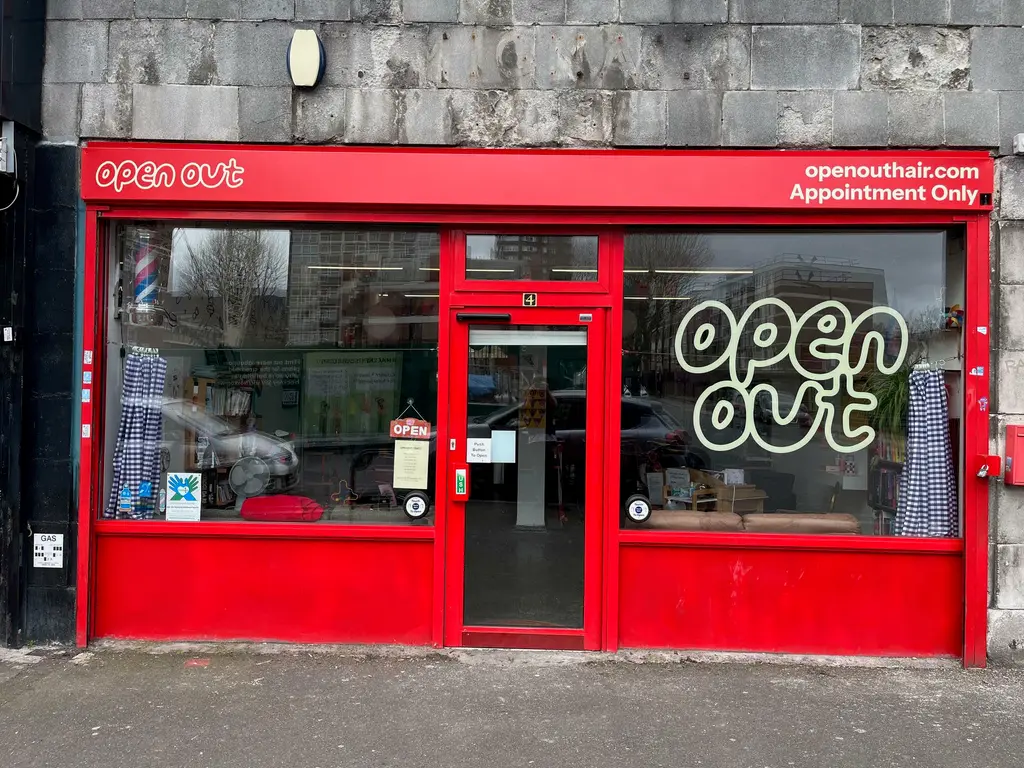
Meet the trans-led hairdressers providing London with gender-affirming trims
Open Out — Since being founded in 2011, the Hoxton salon has become a crucial space the city’s LGBTQ+ community. Hannah Bentley caught up with co-founder Greygory Vass to hear about its growth, breaking down barbering binaries, and the recent Supreme Court ruling.
Written by: Hannah Bentley
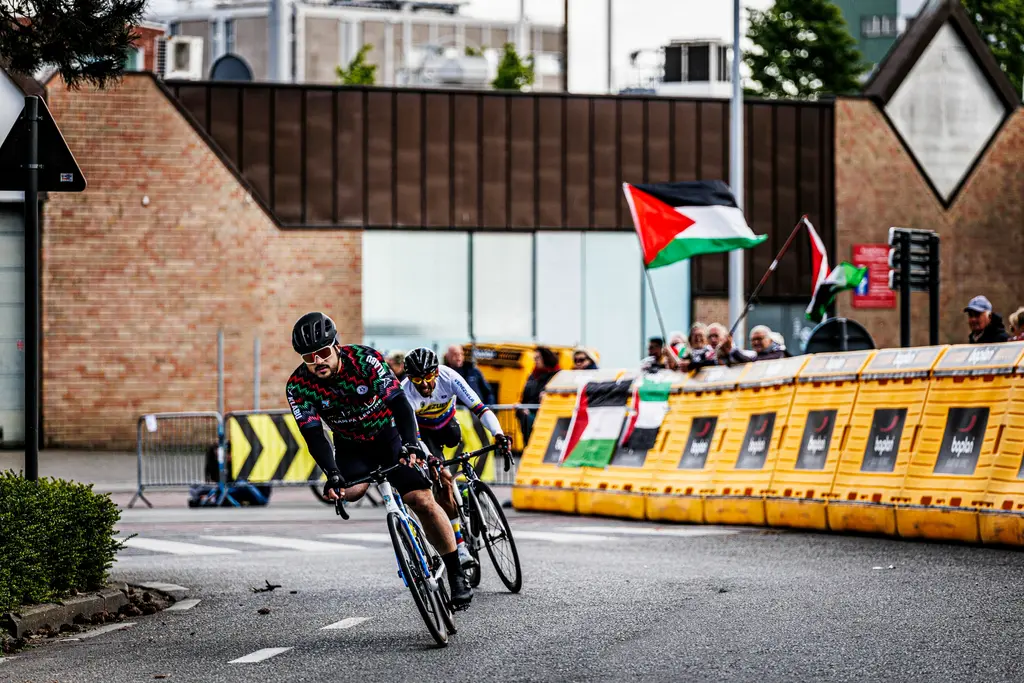
Gazan amputees secure Para-Cycling World Championships qualification
Gaza Sunbirds — Alaa al-Dali and Mohamed Asfour earned Palestine’s first-ever top-20 finish at the Para-Cycling World Cup in Belgium over the weekend.
Written by: Isaac Muk
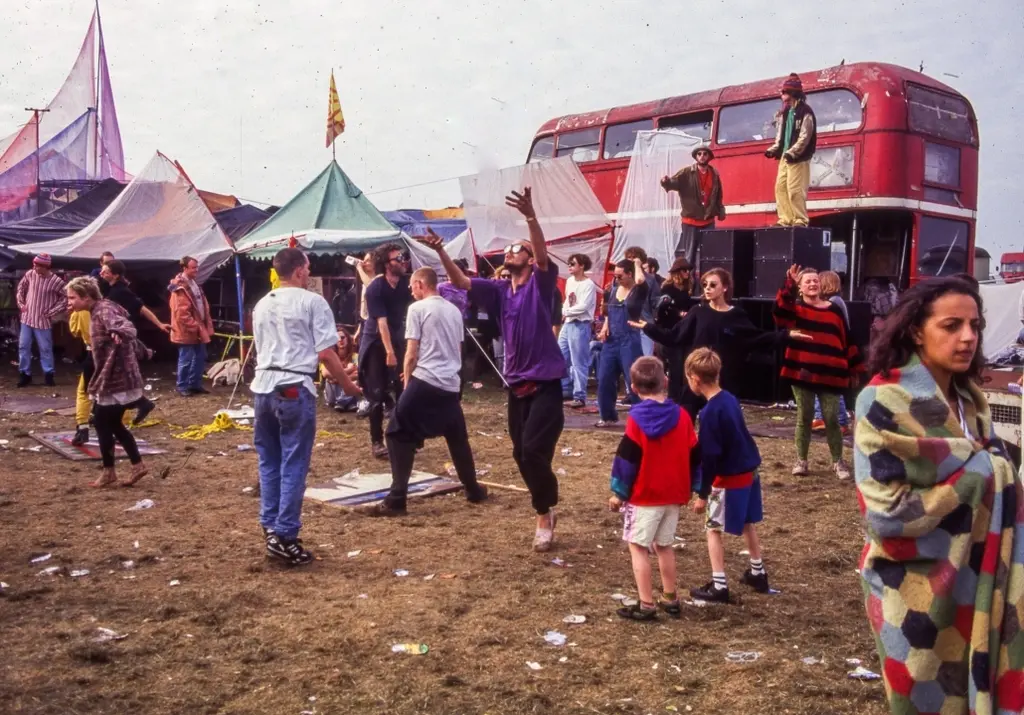
New documentary revisits the radical history of UK free rave culture
Free Party: A Folk History — Directed by Aaron Trinder, it features first-hand stories from key crews including DiY, Spiral Tribe, Bedlam and Circus Warp, with public streaming available from May 30.
Written by: Isaac Muk
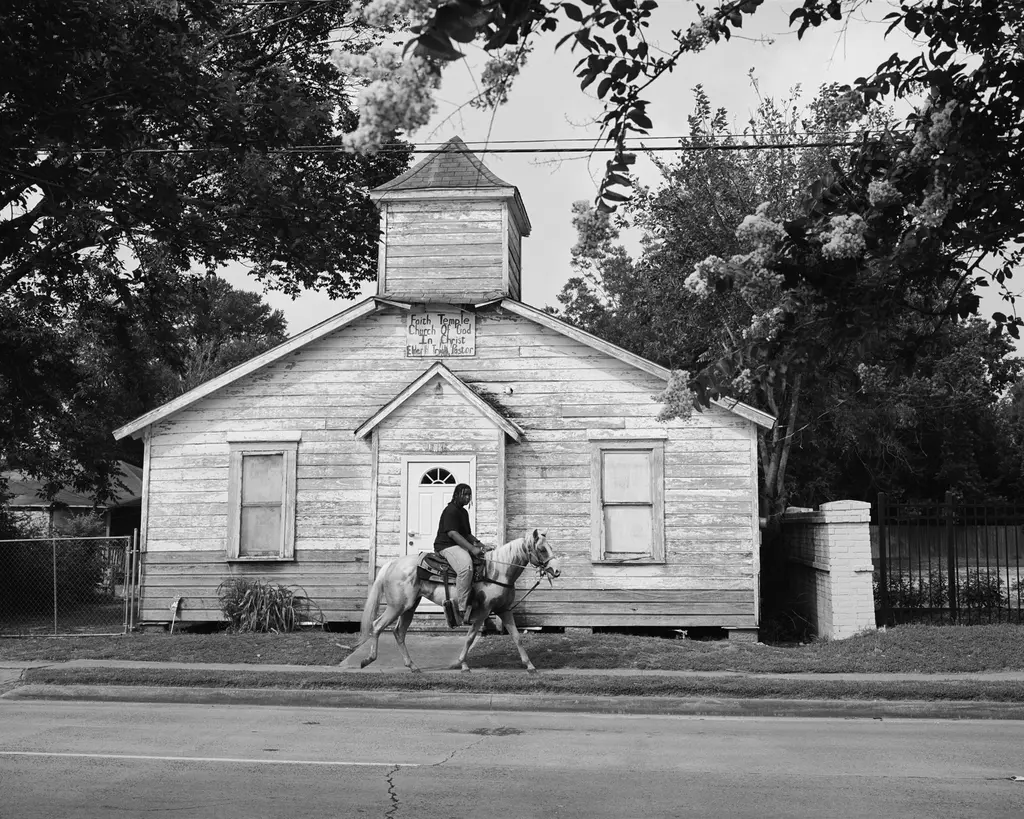
Rahim Fortune’s dreamlike vision of the Black American South
Reflections — In the Texas native’s debut solo show, he weaves familial history and documentary photography to challenge the region’s visual tropes.
Written by: Miss Rosen
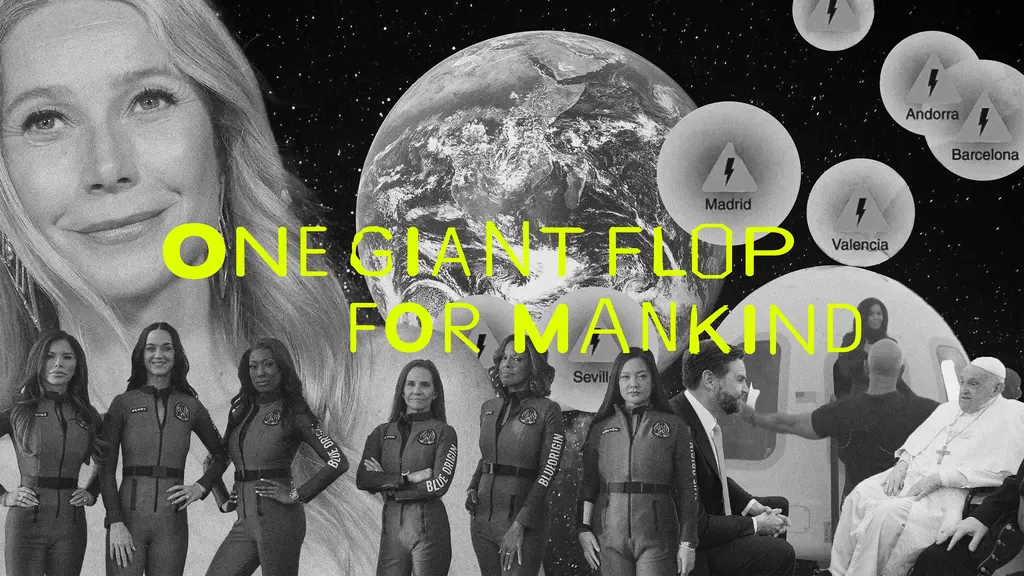
Why Katy Perry’s space flight was one giant flop for mankind
Galactic girlbossing — In a widely-panned, 11-minute trip to the edge of the earth’s atmosphere, the ‘Women’s World’ singer joined an all-female space crew in an expensive vanity advert for Jeff Bezos’ Blue Origin. Newsletter columnist Emma Garland explains its apocalypse indicating signs.
Written by: Emma Garland
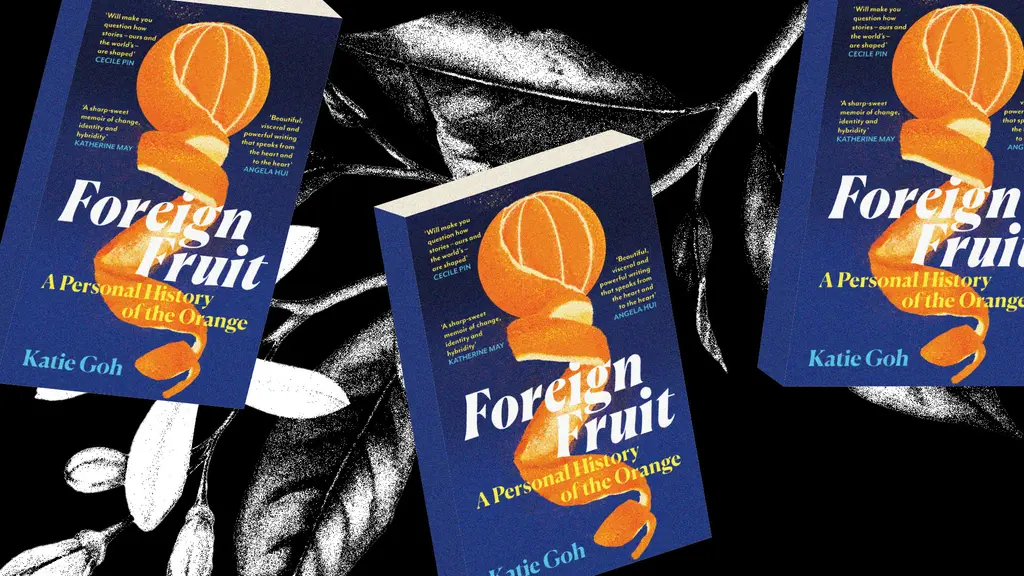
Katie Goh: “I want people to engage with the politics of oranges”
Foreign Fruit — In her new book, the Edinburgh-based writer traces her personal history through the citrus fruit’s global spread, from a village in China to Californian groves. Angela Hui caught up with her to find out more.
Written by: Katie Goh

